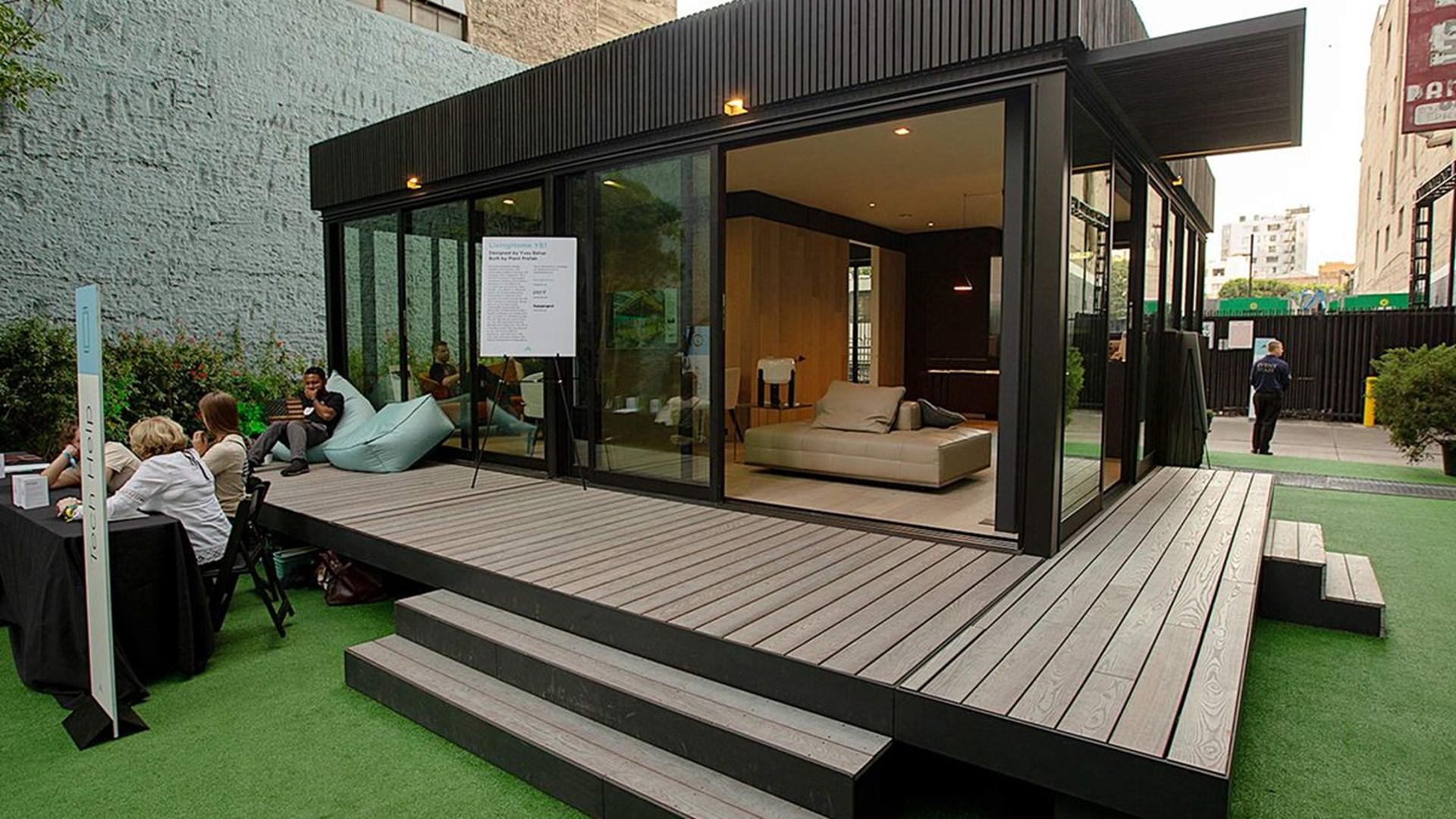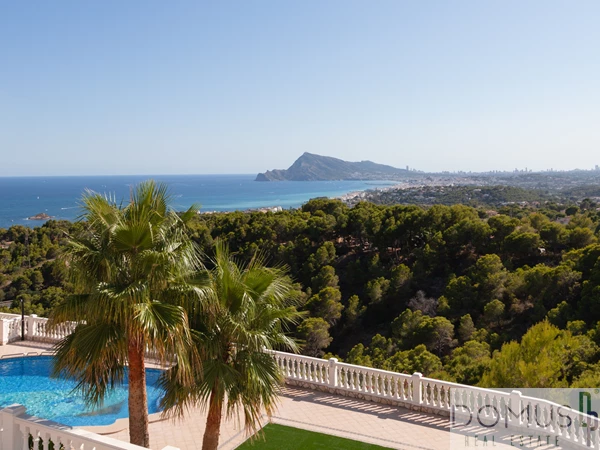The main objective of this standard is to achieve the minimum possible energy demand while ensuring a high quality of indoor environment. The 'passivhaus' or passive houses, thanks to global design strategies, manage to reduce energy consumption by up to 90% compared to a normal house.
The 'passivhaus' standard, created in 1988 by the German Wolfgang Feist and the Swedish Bo Adamson, is perfectly aligned in the fight against climate change due to the drastic reduction in energy consumption in the phase of use of the housing stock, both in new construction and in rehabilitation.

That a house is a 'passivhaus' dwelling means that it is respectful of the environment and that standards, methods and use of suitable materials have been followed during its planning, design and construction based on principles of energy efficiency and sustainability.
The pandemic has caused interest in passive houses to skyrocket. Mobility restrictions and the generalization of teleworking have highlighted the serious deficiencies presentedby the Spanish housing stock, especially with regard to aspects such as energy demand, poor indoor air quality or thermal insulation.
Significant energy savings
Spain has legislation that addresses the construction of NZEB. And although this regulation is more lax than the requirements required by the Passivhaus certificate, connoisseurs of the housing sector predict that passive houses will gain more and more prominence for their advantages,among which are clean interior spaces, without pollutants, with constant temperature all year round and, above all, the important energy savings.
How do I get the Passivhaus certificate? It is not an easy task. It must be awarded by the Passivhaus Institut or by an entity authorized by it. There are four mandatory requirements, related to energy demand, air tightness and what experts call thermal transmittance of the envelope (measure of the heat flowing per unit of time and surface). The house must comply with seven basic principles:
1. Bioclimatic design. It requires a good starting design (in new construction) or a detailed study of the available options (in rehabilitation), taking into account factors such as the orientation of the property, compactness of the building, sun protection, etc.
2. Thermal insulation. So that a house does not lose heat in winter and offers a cool environment in summer, the envelope of the house must incorporate large thicknesses of thermal insulation, greater than those indicated by the regulations. This envelope is a barrier that isolates from cold and heat. The walls, floors and ceilings that face the outside, other neighboring homes and common areas are integrated.
3. Eliminate thermal bridges. It is the lung of passive buildings. All points of the building envelope where there is usually no insulation in traditional homes, such as façade pillars, are treated and calculated to avoid weak points where energy can be lost.
4. Hermeticism. Any space in holes or slits must be sealed to avoid unwanted air infiltrations as much as possible and preserve the comfort of the house. It also eliminates indoor drafts.
5. High performance carpentry. Doors and windows must have very low thermal transmittance. PVC is usually used with multilayer crystals (usually triple), chambers filled with gas so that they transmit less temperature and insulating frames and profiles. The crystals keep the heat in winter and reflect the sun in summer.
6. Mechanical ventilation with heat recovery. A mechanical ventilation system is installed that allows a constant renewal of the interior environment of the house throughout the day and that avoids high concentrations of CO2, odors, mites, viruses and other impurities. Ventilation equipment is also installed to ensure maximum energy efficiency and a low sound level.
7. Sun protection. It is especially relevant in passive buildings, because it is vital to avoid overheating. To do this, the appropriate design and strategies necessary for sun protection must be thoroughly studied.

Certificate for rehabilitated buildings
The Passivhaus certificate is obtained at the end of the work, after having verified an approved technician in Passivhaus that all the requirements are met, but it must also be verified during the project and construction phase.
How much does a passivhaus house cost? According to some studies, a passive house usually costs 5% more than a normal one, although the difference can reach 15% in the prime (luxury) real estate sector and depending on the finishes chosen.
But, according to experts, these cost overruns are quickly recovered because a building certified with the Passivhaus standard has an estimated revaluation of 20%. In addition, the energy savings are enormous, up to 90%. Finally, operating costs are significantly lower.
Rehabilitated buildings can also obtain a certificate equivalent to the Passivhaus, called EnerPHit and also issued by the Passivhaus Institut. Although the EnerPHit is more lax than the Passivhaus, it maintains most of its principles.
In Spain, the sector of prefabricated houses with the Passivhaus seal is beginning to be known, which is experiencing a real 'boom' in the United States. They are airtight constructions, with a dedicated fresh air system, an energy or heat recovery ventilation system, high-performance water heaters, high insulation, and high-performance windows and doors.



